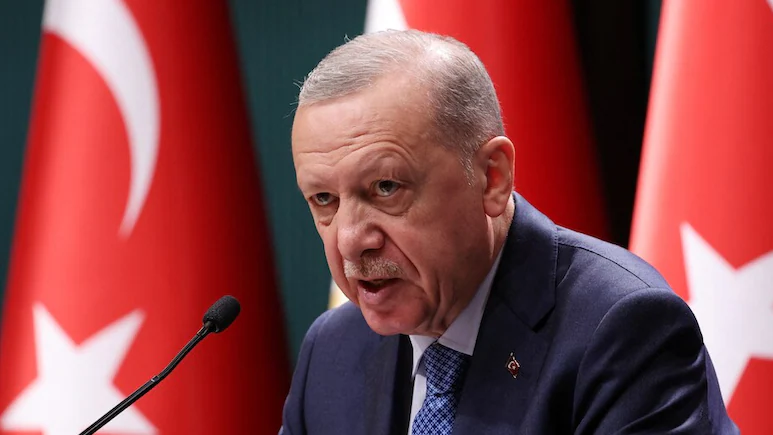
Algebra, often regarded as one of the foundational pillars of mathematics, has a rich and intricate history that spans across different civilisations. While its roots are commonly associated with ancient Mesopotamia, Greece, and the Arab world, research has shed light on the significant contributions of ancient Indian mathematicians to the development of algebra.

The history of algebra in India can be traced back to the Vedic period, which dates back to around 1500 BCE. During this time, Indian scholars made remarkable advancements in various fields, including mathematics. One of the earliest mathematical texts from ancient India is the “Shulba Sutras,” a collection of texts that primarily deal with geometry and the construction of altars for Vedic rituals. These texts, composed around 800 BCE, contain rudimentary algebraic concepts and problem-solving techniques.
The Shulba Sutras and Bija Ganita
One of the notable features of the Shulba Sutras is the use of algebraic methods to solve geometric problems. Indian mathematicians employed what is now recognised as algebraic reasoning to find solutions to equations involving unknown quantities. For example, in constructing altars, they utilised algebraic techniques to determine dimensions and proportions based on specific requirements.
Furthermore, the concept of “Bija Ganita,” or seed-based mathematics, emerged in ancient India, laying the groundwork for algebraic symbolism and manipulation of equations. This system involved representing unknown quantities using symbolic terms, a fundamental aspect of algebra. Indian mathematicians developed rules and procedures for solving equations and manipulating algebraic expressions, anticipating many modern algebraic techniques.
Aryabhata and Brahmagupta
Among the notable mathematicians from ancient India, Aryabhata (476-550 CE) stands out for his seminal work in algebra. His treatise, the “Aryabhatiya,” contains chapters dedicated to arithmetic and algebra, where he introduced the concept of “Bija Ganita” and provided solutions to various algebraic equations. Aryabhata’s contributions to algebra not only showcased the sophistication of Indian mathematical thought but also influenced subsequent developments in the field.
Another influential figure in the history of Indian algebra is Brahmagupta (598-668 CE), whose work “Brahmasphutasiddhanta” addressed algebraic equations, including quadratic equations with multiple solutions. Brahmagupta’s systematic approach to algebra laid the foundation for further advancements in the field, and his contributions were later transmitted to the Arab world, contributing to the development of algebra in Islamic mathematics.
Global spread
The dissemination of Indian mathematical knowledge to other parts of the world played a crucial role in the global spread of algebra. Indian traders and scholars travelled extensively, exchanging ideas and knowledge with other civilisations, including the Arabs, Persians, and Greeks. The Arab mathematicians, in particular, played a pivotal role in preserving and further developing Indian mathematical ideas, eventually reaching Europe during the Middle Ages.
In conclusion, the origination of algebra in India represents a significant chapter in the history of mathematics. The contributions of ancient Indian mathematicians, as evidenced by the Shulba Sutras, Aryabhata, Brahmagupta, and others, demonstrate the ingenuity and sophistication of Indian mathematical thought. By recognising the Indian roots of algebra, we gain a deeper appreciation for the diversity and richness of mathematical traditions and the interconnectedness of civilisations throughout history.









